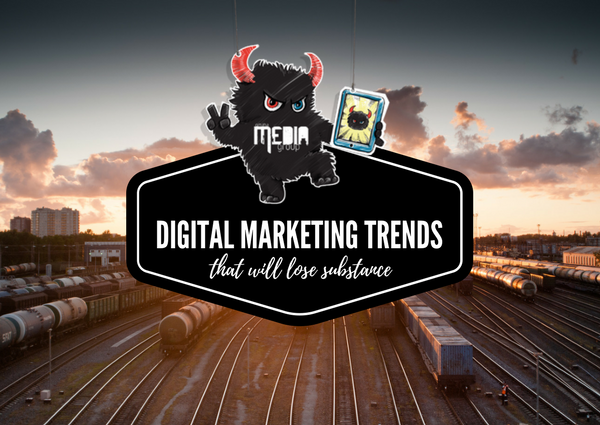The Digital Media Trends That Will Lose Substance in 2017
 https://www.omahamediagroup.com/images/uploads/monster_gallery/Omaha-Media-Group-Black.jpg
https://www.omahamediagroup.com/images/uploads/monster_gallery/Omaha-Media-Group-Black.jpg

Since the dawn of digital media, marketers are actively involved in finding ways to leverage this emerging media. Social media networks such as Facebook and Twitter have been used to connect with audiences across the globe. The focus on measurablity of digital campaigns still holds strong, but certain digital trends are likely to lose substance and relevance in the year 2017, which is sought to be the year of “less conversations and more actions” for marketers.
What can we expect in 2017?
In a scenario where nothing is certain, some digital media trends, which had relevance till 2016, are likely to die out in the months to come. Marketers should keep a close watch on digital trends so that they know what works and what doesn't work for them. There is much anticipation in the digital environment for the following trends that are likely to be phased out in 2017:
Social network Twitter's struggle to grow in a space, where Facebook and Snapchat are dominant players, is not unknown. Twitter currently enjoys a share of 27.3% of all social media users, a sign of decline compared to previous statistics. The social network incorporated a few changes last year, like keeping images and videos out of the count of 140 character limit, but it will have to be more flexible in order to attract new users. The company went through a phase of struggle in 2016 when it cut more 300 jobs. These are telltale signs that the social network is languishing in a highly competitive digital scenario.
Big Banner Ads
Long gone are the days when consumers clicked on big banner ads that would flash on their screen and defy their purpose. Marketers nowadays are concentrating more on creating and publishing content on their own web properties, which gives them the ownership of the audience and data. Mobile usage is also growing rapidly, a trend which is causing big banner ads to be phased out because they fail to generate mobile clicks.
Stock Images
Marketers are abandoning the use of stock images. Instead, they have switched to personalized images and videos. Stock images fail to aid the authentic brand identity and inhibits audiences from connecting with the brand. However, personalized images and videos generate more likes, click-through-rates, and shares as compared to generic stock images.
False reviews
Although 88% of Americans believe that online reviews are as genuine as personal recommendations, it is likely to be phased out in 2017. A large portion of the consumers read online reviews before making an online purchase. Shunning fake online reviews will cause consumers to stop buying without careful examination. It is likely to make consumers more aware and savvy about products available in the market.
Pop-up ads
The irritating pop-up ads are losing relevance these days as people tend to ignore them outright. Google recently produced data to show that people don't like visiting websites that are full of pop-up ads. As such, the tech-giants intends to remove them to boost rankings of websites.
Export of marketing data
Marketers nowadays covet data that provides “live” performance insights, rather than extracting them from analytical tools. They desire real-time performance measurement that would help them in changing course to keep pace with consumers.
What are some trends that you'd like to see take a dive in 2017?


























